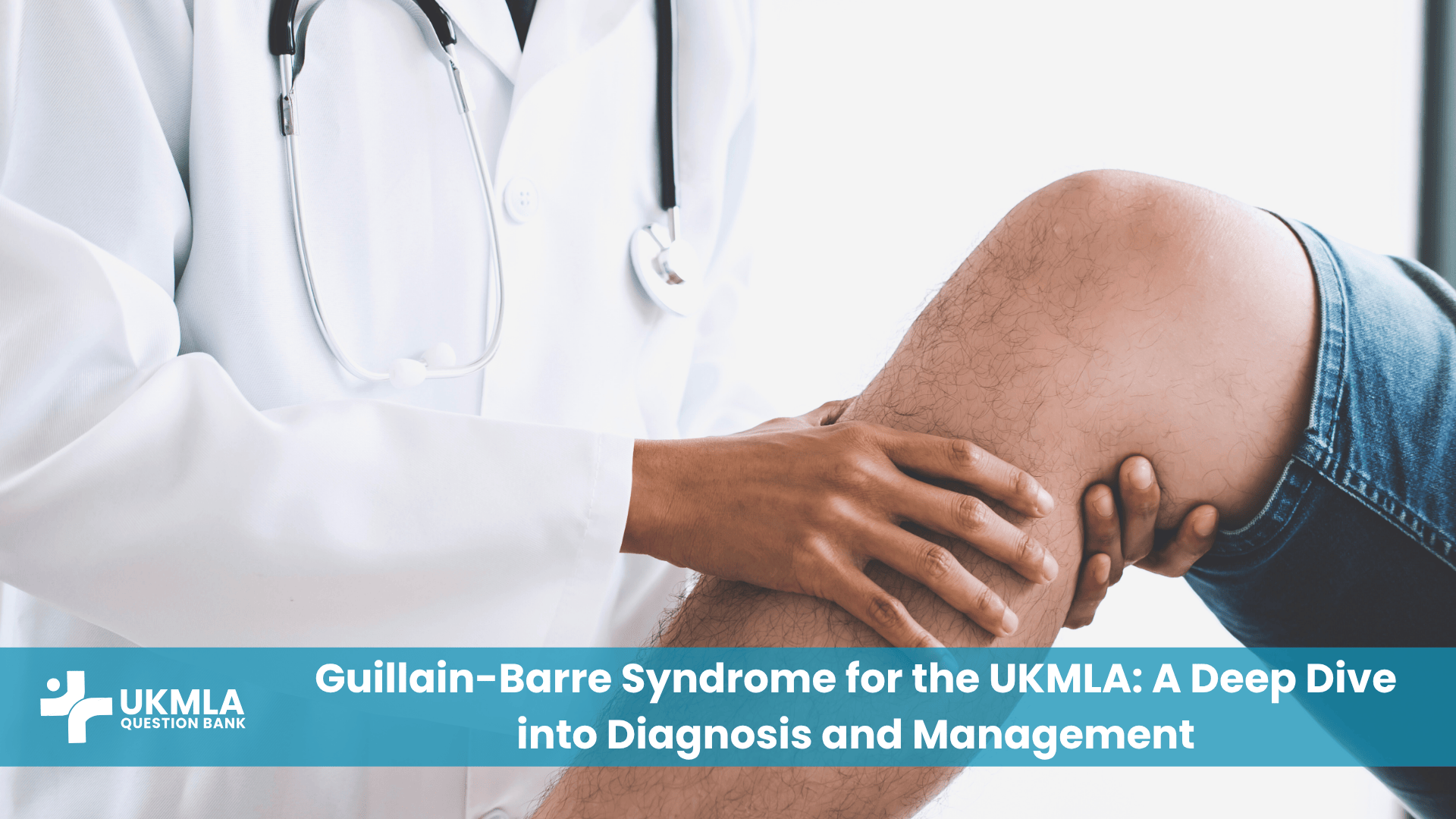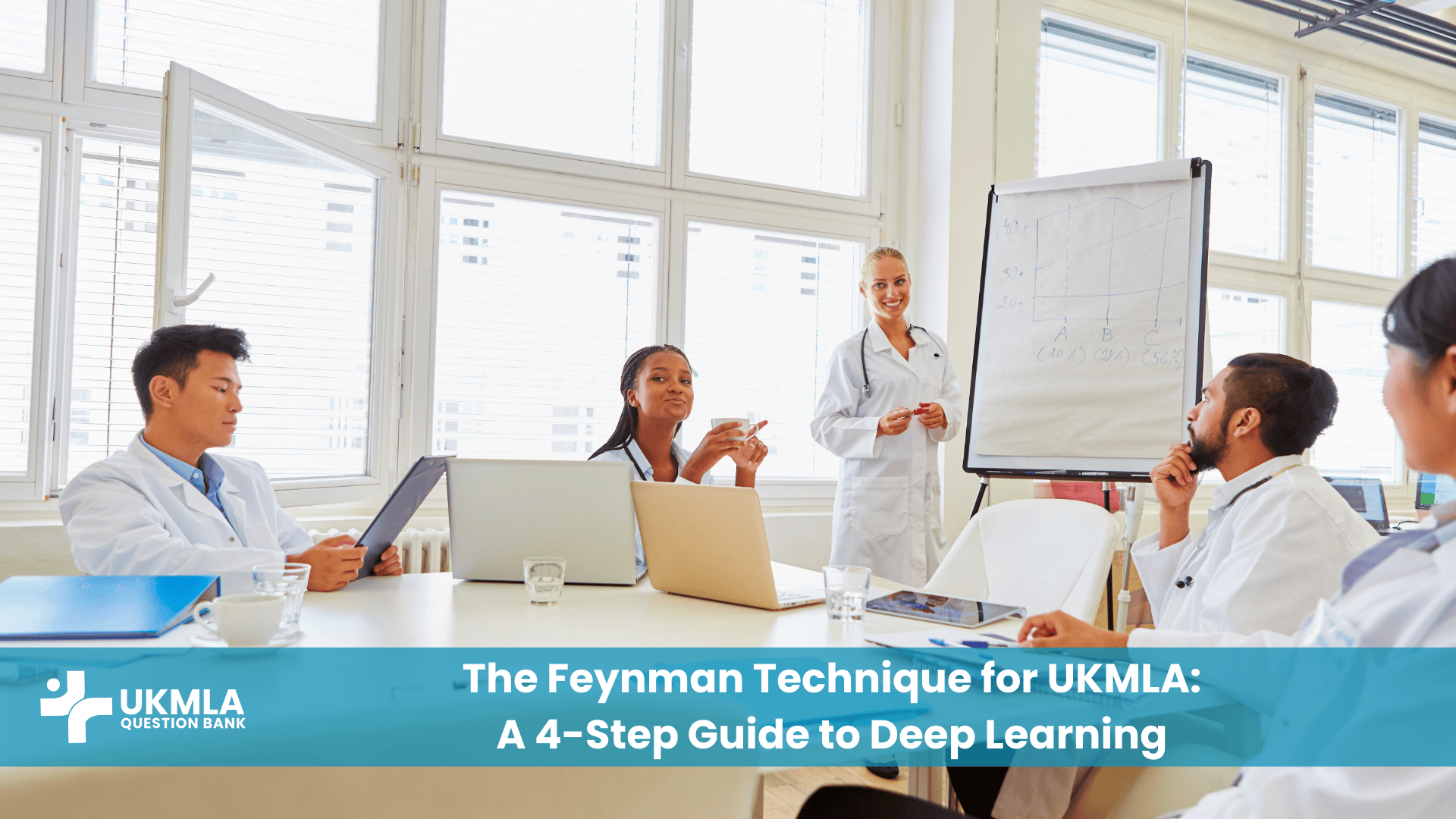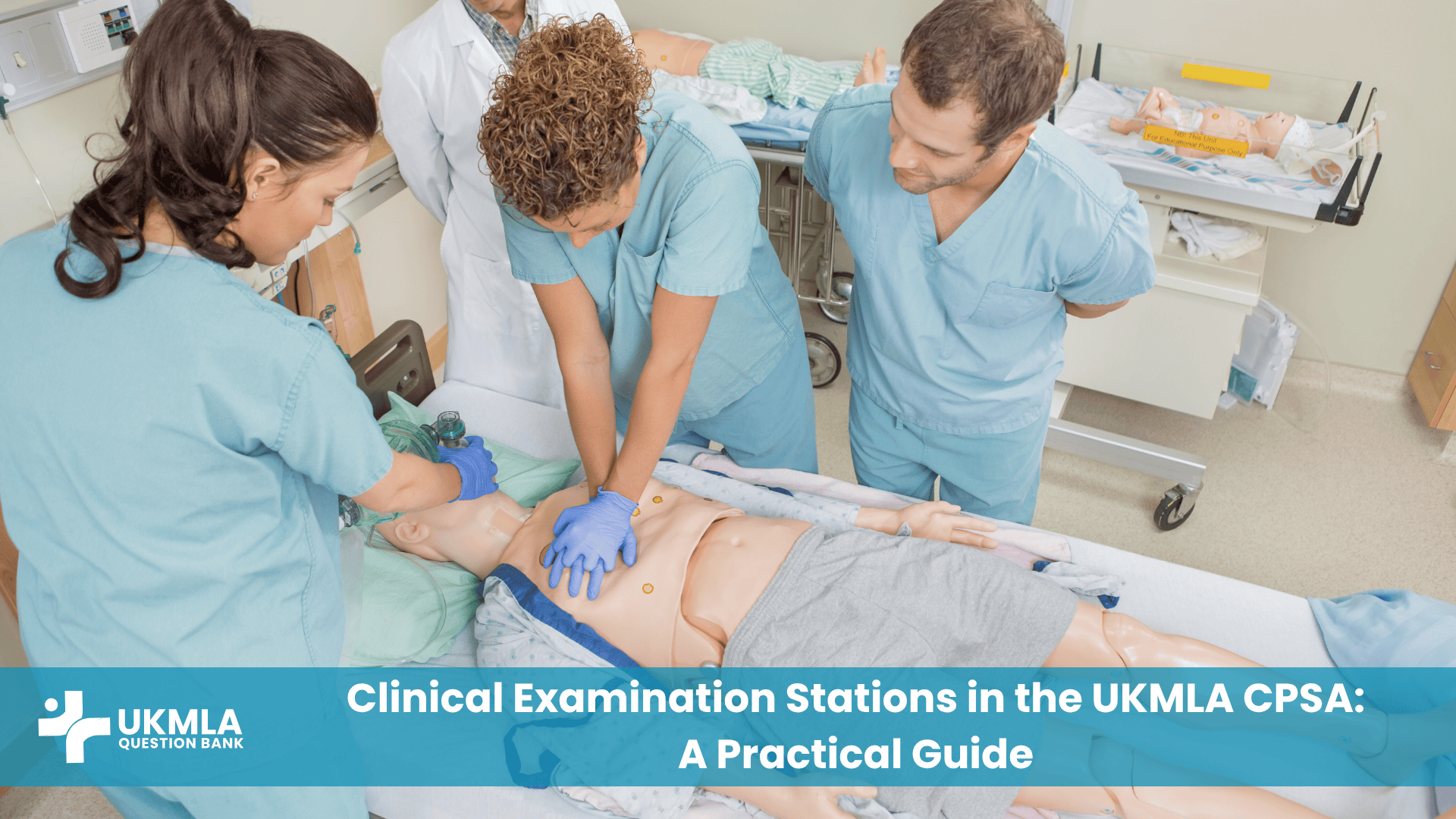Introduction
Understanding the core UKMLA musculoskeletal topics is fundamental to success in the exam and for your future career as a junior doctor. This area of medicine is one of the most tangible and universally encountered fields in clinical practice, forming a vast and foundational component of the UKMLA (UK Medical Licensing Assessment).
From interpreting a simple limb X-ray in a bustling A&E to managing chronic joint pain in a primary care setting, your understanding of orthopaedic principles is non-negotiable for being a safe and effective junior doctor. The challenge, however, is the sheer breadth of the topic. The anatomy is complex, the list of potential diagnoses is long, and the overlap with other specialties can be daunting.
This is where strategic, high-yield learning becomes paramount. This guide is meticulously designed to provide that framework. We will cut through the noise and focus intensely on the high-yield musculoskeletal topics for UKMLA, ensuring you invest your valuable study time in the areas that will deliver the most impact on your exam score and in your future clinical practice.
Key Takeaways
Prioritize the 7 Essential Topics: Focus your revision on the seven high-yield areas outlined in this guide: Orthopaedic Emergencies, Spinal Conditions & Red Flags, Upper & Lower Limb Injuries, Paediatric Orthopaedics, Joint Disease, and Bone Tumours.
Master Emergencies First: Your ability to rapidly identify and manage conditions like Compartment Syndrome, Septic Arthritis, and Cauda Equina Syndrome is the most critical, high-stakes knowledge you can possess.
Know Your Red Flags: Be ruthless in your ability to differentiate benign back pain from sinister pathology. Knowing the spinal red flag symptoms is non-negotiable for patient safety and exam success.
Think in Frameworks, Not Just Facts: Apply a structured approach (like ‘Look, Feel, Move’) to every clinical scenario. This demonstrates sound clinical reasoning, which is valued more than simple rote memorization.
Shift to Active Learning: Reading this guide is the first step. To truly succeed, you must actively test your knowledge with practice questions to prepare for the pressure and style of the UKMLA.
The 7 Essential High-Yield Musculoskeletal Topics for UKMLA
To conquer the musculoskeletal section of the AKT (Applied Knowledge Test), you must focus your revision. Below are the seven essential high-yield topic areas you will encounter. Mastering these will provide you with the confidence and competence to excel.
1: Mastering Orthopaedic Emergencies
These are the conditions where rapid recognition and decisive action are critical to prevent loss of life or limb. The GMC (General Medical Council) places a heavy emphasis on safety, making these topics a priority.
Compartment Syndrome: This occurs when swelling within a closed fascial compartment increases pressure, compromising blood flow to nerves and muscles. It most classically follows a tibial shaft fracture. The cardinal symptom is pain out of proportion to the injury, often a deep, burning ache unrelieved by standard analgesia.
Pain on passive stretch of the muscles in the affected compartment is another crucial early sign. The limb may feel tense and swollen on palpation. Do not wait for late signs like pulselessness. This is a clinical diagnosis requiring emergency fasciotomy.
Septic Arthritis: A bacterial infection within a joint, most commonly caused by Staphylococcus aureus. It presents as a single, hot, swollen, and exquisitely painful joint with a severely restricted range of motion. The patient will often be systemically unwell with a fever.
The most vital investigation is a joint aspiration for fluid analysis (Gram stain, culture, crystals) before administering antibiotics. Management involves urgent IV antibiotics and surgical washout.
Open Fractures: Any fracture that communicates with the external environment through a break in the skin is considered an open fracture. The primary concern is the high risk of osteomyelitis. Management is guided by the Gustilo-Anderson classification and involves immediate IV antibiotics, tetanus prophylaxis, and urgent surgical debridement and stabilisation.
Cauda Equina Syndrome: An absolute neurosurgical emergency caused by compression of the nerve roots in the lumbosacral spine. We will cover this in detail in the next section due to its importance.
2: Decoding Spinal Conditions & Red Flags
Differentiating benign back pain from sinister spinal pathology is a core skill. The UKMLA will frequently test your ability to recognise “red flag” symptoms that warrant urgent investigation.
Clinical Pearl: Any patient presenting with back pain accompanied by neurological symptoms, constitutional upset, or a history of cancer must be assessed for red flags immediately. Never dismiss these as simple mechanical pain without a thorough evaluation.
Cauda Equina Syndrome (CES): As mentioned, this is a critical emergency. The red flags are: bilateral sciatica, saddle (perianal) anaesthesia, bladder dysfunction (retention is more common than incontinence), bowel dysfunction, and reduced anal tone.
If you suspect CES, the patient needs an immediate emergency department referral for an urgent MRI and spinal surgery review. The NICE guideline on low back pain and sciatica provides a clear and authoritative framework for assessing these conditions.
Mechanical vs. Inflammatory Back Pain: Differentiating these is a classic exam topic.
Table 1: Differentiating Inflammatory vs. Mechanical Back Pain
| Feature | Mechanical Back Pain | Inflammatory Back Pain (e.g., Ankylosing Spondylitis) |
|---|---|---|
| Age of Onset | Any age, common in 20-55 | Typically < 40 years old |
| Onset | Acute | Insidious |
| Morning Stiffness | < 30 minutes | > 30 minutes, significant stiffness |
| Effect of Exercise | Worsens with activity/exercise | Improves with activity/exercise |
| Effect of Rest | Improves with rest | Worsens or does not improve with rest |
| Pain at Night | Usually improves at night | Often wakes the patient in the second half of the night |
| Systemic Features | Absent | May have associated uveitis, psoriasis, IBD |




